Scientists have detected a brain-eating zombie deer disease in North Carolina
Scientists have detected a brain-eating zombie deer disease in North Carolina
Updated on April 02, 2022 15:45 PM by Evelyn Mia
Zombie-like state in deer
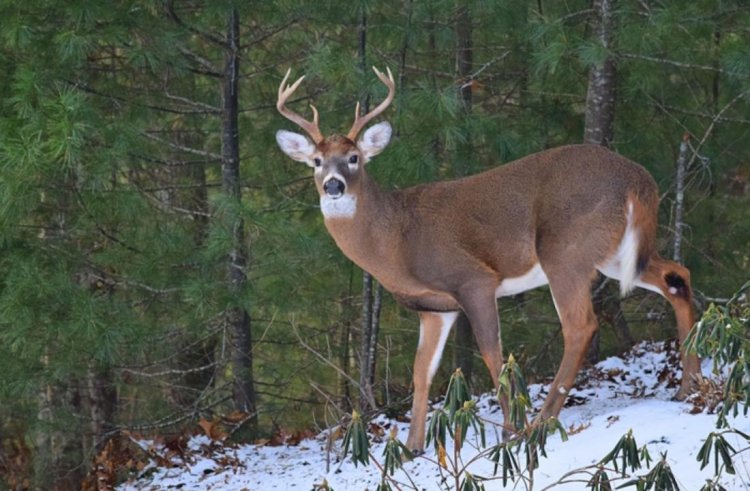
A disease in deer that sends them to a zombie-like state has been detected in North Carolina. This environmental change has occurred first in history. It’s also called chronic wasting disease. Chronic Wasting Disease or CWD impacts the nervous system of the deer. Eventually, it is always fatal for the affected deer. According to the North Carolina Wildlife Resources Commission, Chronic Wasting Disease is also known as the Zombie Deer Disease. The only positive side of CWD is that it does not get transferred to humans. However, the deer and elk populations can depreciate with the effect of this disease.
Abnormal protein - prions
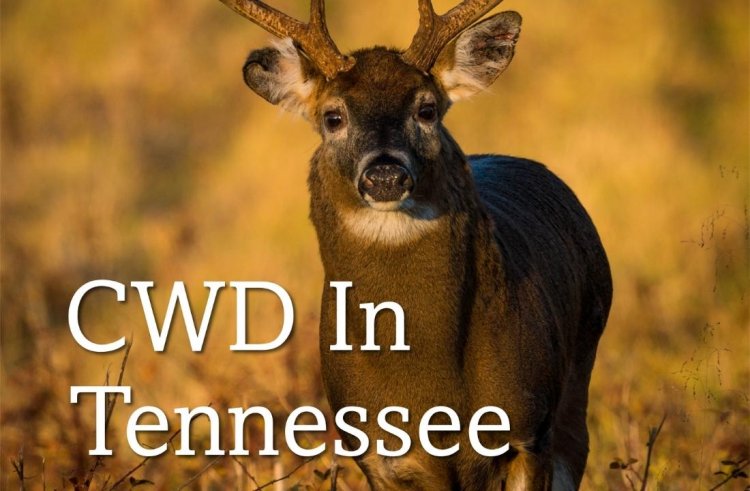
The cause of CWD is abnormal proteins which slowly and eventually spread through the system of the deer. The affected deer eventually get spongy holes in the brain. It will lead the deer to death. The North Carolina Wildlife Resources Commission released a statement that the disease is spread through direct contact and environmental contamination between the deer. The report further states that the contamination spreads through the infected saliva, urine, and feces of a living and breathing deer. The alternate ways the contamination can spread is through carcasses of the deer and body parts.
Add Block
The commission talks about possible scenarios
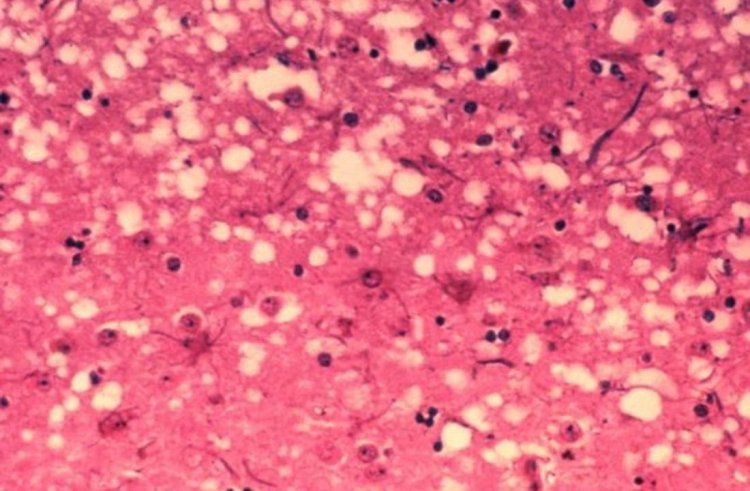
The commission says that the CWD proteins contaminate the grounds. Not only that, the contaminated environment with CWD-proteins can remain active for decades. The CWD proteins infected places can stimulate the environment for decades as such. It is according to the commission. The North Carolina Wildlife Resources Commission has been testing samples of deers since 1999. It is now that they have confirmed pieces of evidence of the CWD in the deers. The commission further said that the disease was first found in the harvested deer in northern Yadkin County in December 2021.
The confirmation of the infection
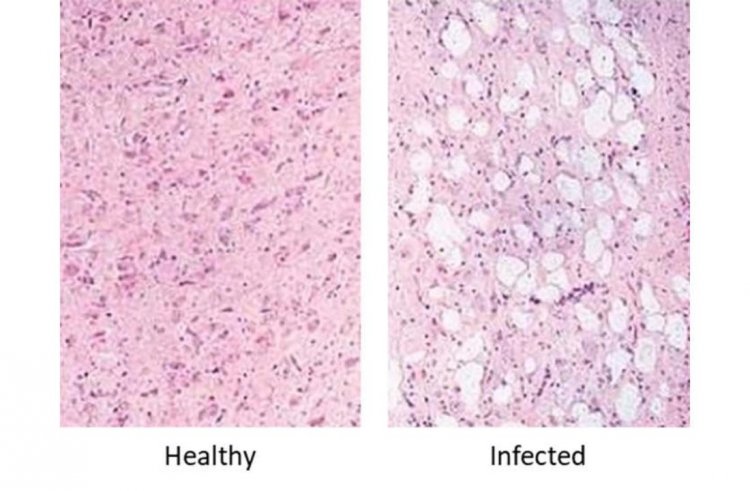
The National Veterinary Services Laboratory first confirmed the infection in Ames, Iowa. The first detection of CWD was in a wild deer in Colorado in 1981. The contamination further spreads out to other states. Twenty-seven states later found the illnesses. It includes Alabama, Tennessee, Mississippi, New York, Pennsylvania, Texas, and Virginia. The Centers for Disease Control and Prevention confirmed the reports of the spread of the disease. The Centers for Disease Control and Prevention, CDC, says the overall generality of the symptoms in a wild deer is challenging to detect.
Add Block
The prevalence is low
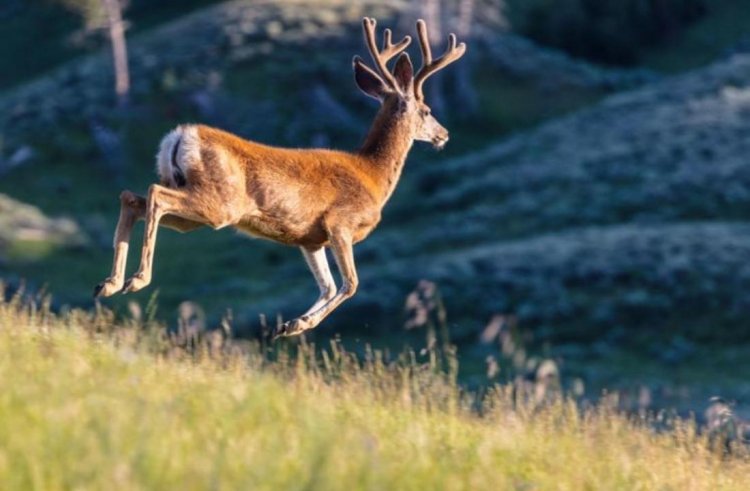
The CDC says only 10% of the deer population can be affected by the symptoms of the disease. According to the commission, the symptoms of the illness are hard to detect. Sometimes, it might take more than sixteen months for the signs to be visible enough. The symptoms which are pretty evident amongst the deers include isolation from other animals and listlessness or showing little interest in their surroundings. An affected deer goes through a lack of coordination and the frequent lowering of the head. The visible symptoms of the affected deer include blank facial expressions and walking in set patterns. The walking ways include pacing and circling etc.
Add Block
The prominent symptoms of the deer
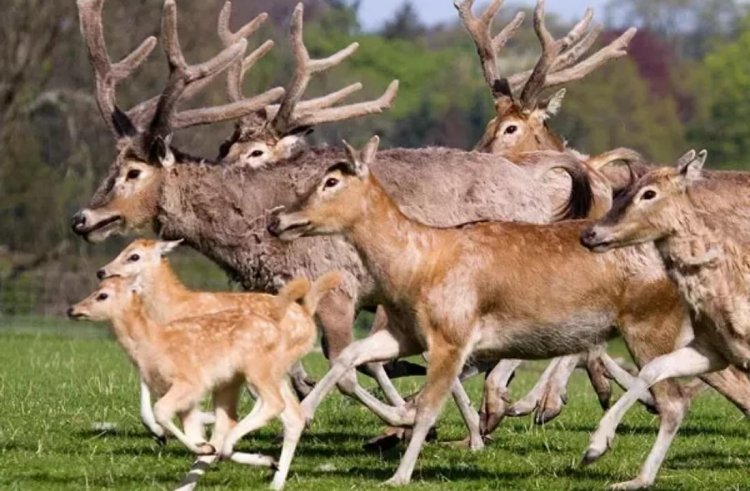
The prominent symptoms of the affected deer would be drooling, disorientation, and grinding of teeth. The lethal symptoms of the dying deer include drinking loads of water and increased urination along with low weight. The Wildlife Commission’s Wildlife Management Division chief says that the long-term goal is to protect the natural habitat of the deer herd and resist the deer hunting culture. Howard has contacted the wildlife professionals of other states. The states have confirmed that they have had CWD-positive cases before. Brad Howard and his team have learned from the experiences of the other states. They are already dealing with deer of CWD cases.
CWD cases are here, but adaptation is difficult
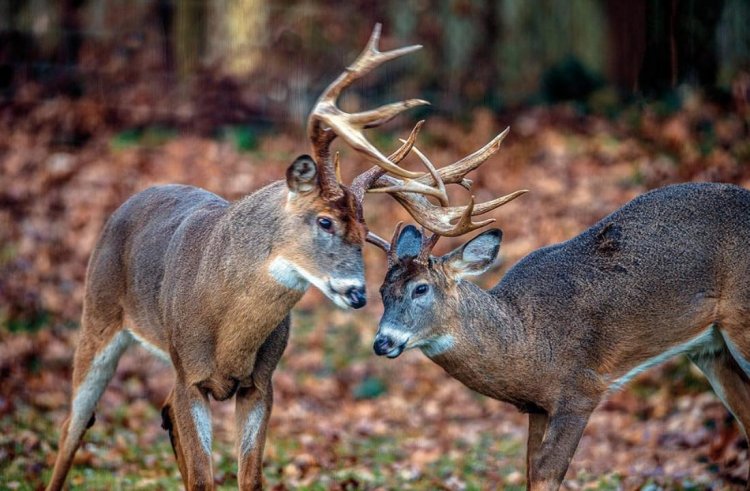
The biggest challenge comes from adapting to the environmental change through the CWD cases. Brad Howard is confident, and the staff has complete confidence in the North Carolina hunters. The inception of the sample testing happened back in 1999. The commission did the testing on meat processors, roadkills, and even harvested deer. The development of the CWD task force first happened in the first half of 2019. It focused on the prevention, surveillance, and response of the CWD cases amongst the deer. The State of North Carolina is now trying to track down the spreading out of the disease. The hunters are alerted accordingly. The hunters are told to keep an eye out for any such symptoms in the areas of deer herds.





